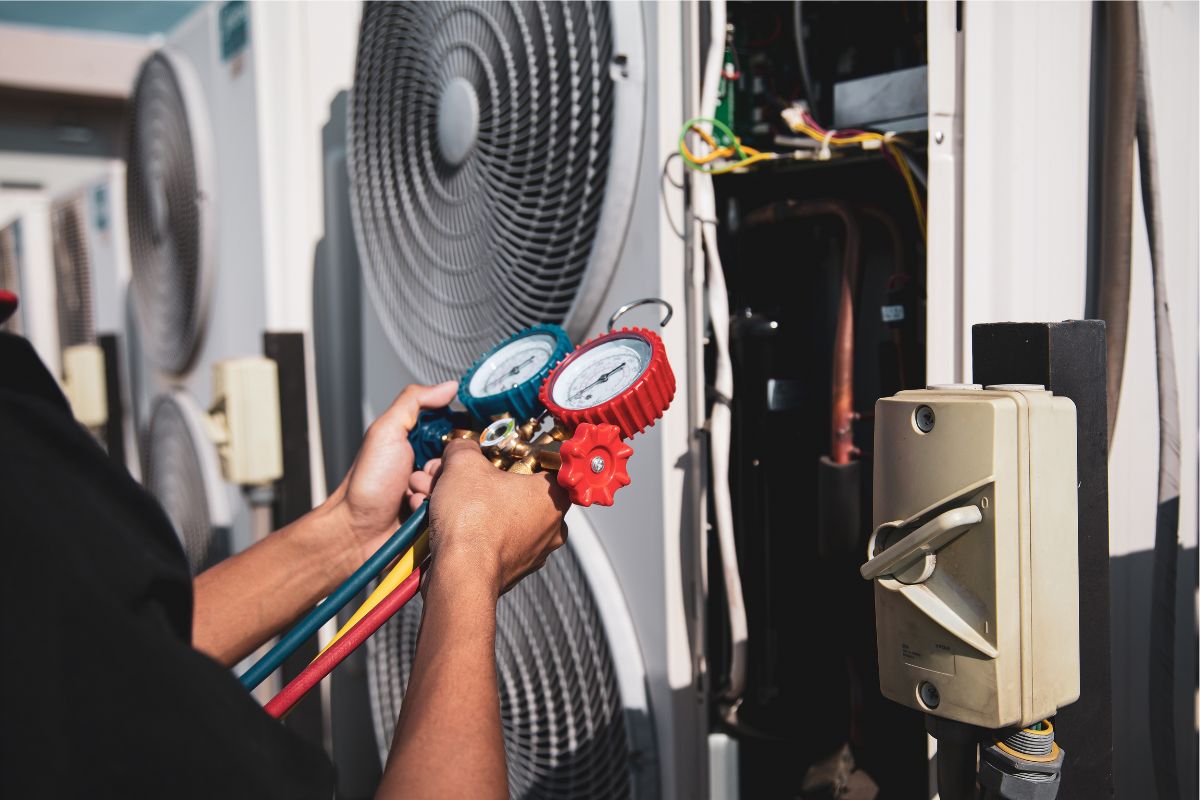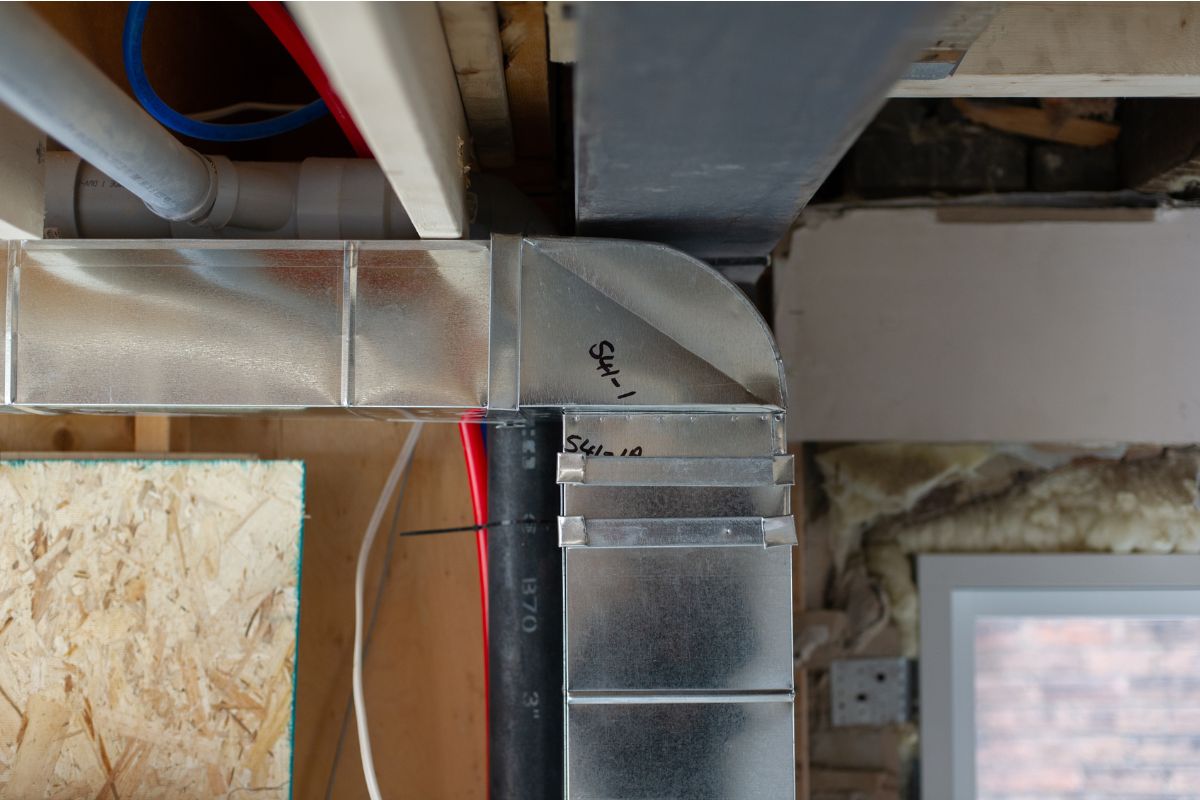 With home heating oil prices currently at $4.25 per gallon here on Long Island and a much colder season forecast ahead, this Newsday article predicts a difficult winter for those heating with fuel oil. Two thirds of Long Islanders still heat their homes with oil and the majority of those would choose to convert to natural gas, if given the opportunity. Unfortunately, Long Island’s natural gas pipeline infrastructure (see Northeast map above) is not being expanded and National Grid, the private entity responsible for local gas service, is loathe to invest shareholder money to do so. Michael White, executive director of the Long Island Regional Planning Council, has been an advocate for gas infrastructure expansion to improve Long Island’s economy. White was quoted in the Long Island Business News stating, “it appears we are dependent upon the interests and investments of private fuel suppliers and pipeline companies to actually get approved, construct and operate infrastructure to supply us with natural gas. This paradigm clearly constrains Long Island’s ability to have an adequate and reasonably priced supply of natural gas to support our on-Island generating facilities, as well as conversions from heating oil to natural gas and overall growth.”
With home heating oil prices currently at $4.25 per gallon here on Long Island and a much colder season forecast ahead, this Newsday article predicts a difficult winter for those heating with fuel oil. Two thirds of Long Islanders still heat their homes with oil and the majority of those would choose to convert to natural gas, if given the opportunity. Unfortunately, Long Island’s natural gas pipeline infrastructure (see Northeast map above) is not being expanded and National Grid, the private entity responsible for local gas service, is loathe to invest shareholder money to do so. Michael White, executive director of the Long Island Regional Planning Council, has been an advocate for gas infrastructure expansion to improve Long Island’s economy. White was quoted in the Long Island Business News stating, “it appears we are dependent upon the interests and investments of private fuel suppliers and pipeline companies to actually get approved, construct and operate infrastructure to supply us with natural gas. This paradigm clearly constrains Long Island’s ability to have an adequate and reasonably priced supply of natural gas to support our on-Island generating facilities, as well as conversions from heating oil to natural gas and overall growth.”
Because Long Island’s energy utility infrastructure is controlled by a host of players including private entities (National Grid, ratepayers and private contractors) and public entities (the Public Service Commission, Iroquois Pipeline, NY State and local government), expansion of main and branch service is an excruciating process. This unfortunate stalemate has historically left the majority of Long Islanders with only the costly options of No. 2 fuel oil, electric or propane heating. We have previously written here about which of these energy options gives you the best bang for your buck.
Taking into account federal tax credits of 30% and LIPA incentives, it is clear that any Long Islander who plans to remain in their home for 5 years or more can get the best rate of return or return on investment by installing a geothermal ground source heat pump to heat their home. Unfortunately, there is a significant initial investment to make in order to convert to geothermal, which has scared away many consumers, even with a financial investment analysis proving out its viability and sound capital return. However, a new program allowing Long Islanders to pay for this conversion through NYSERDA with 2.99% on-bill financing may just be the answer for those too far from the pipeline for gas conversion and hesitant to put savings at potential risk. In order to obtain this financing, a homeowner participates in the Home Performance with ENERGY STAR program, where a BPI accredited contractor approved by NYSERDA will perform a comprehensive home energy assessment to identify opportunities for energy savings. The contractor will write a report that recommends specific energy improvements for your house along with cost figures for making the improvements and estimated energy savings. This program also includes air sealing, energy-efficient furnaces, boilers, water heaters, air conditioners, lighting fixtures and appliances. A homeowner can finance up to $25,000 with this program. An On-Bill Recovery Loan is 2.99% for terms of 5, 10, or 15 years. Once approved for the loan, the consumer’s interest rate is fixed for the life of the loan.
With the advent of variable speed and inverter driven compressors, another efficient option for consumers looking to move away from oil is VRF or “variable refrigerant flow” heat pumps. The market is now flush with systems manufactured by Mitsubishi, Fujitsu, Daikain, Samsung and the like, which have dominated Asian and European markets, but have only recently caught on here. These systems are extremely beneficial to multi-family residential complexes like condominiums and apartment complexes because they are modular, expandable and very efficient at part-load. They achieve their efficiencies because they can operate at partial loads from 10% to 130% in diverse settings, even at low ambient temperatures.
As always, to keep up to date with what’s new in HVAC technology, visit our website at airideal.com and follow us on Twitter @airideal and at our Facebook page!
Blog
Tough Heating Season Forecast in the Northeast for Oil Consumers

Other Blogs
June 26, 2025 |
4 min read
May 22, 2025 |
4 min read


